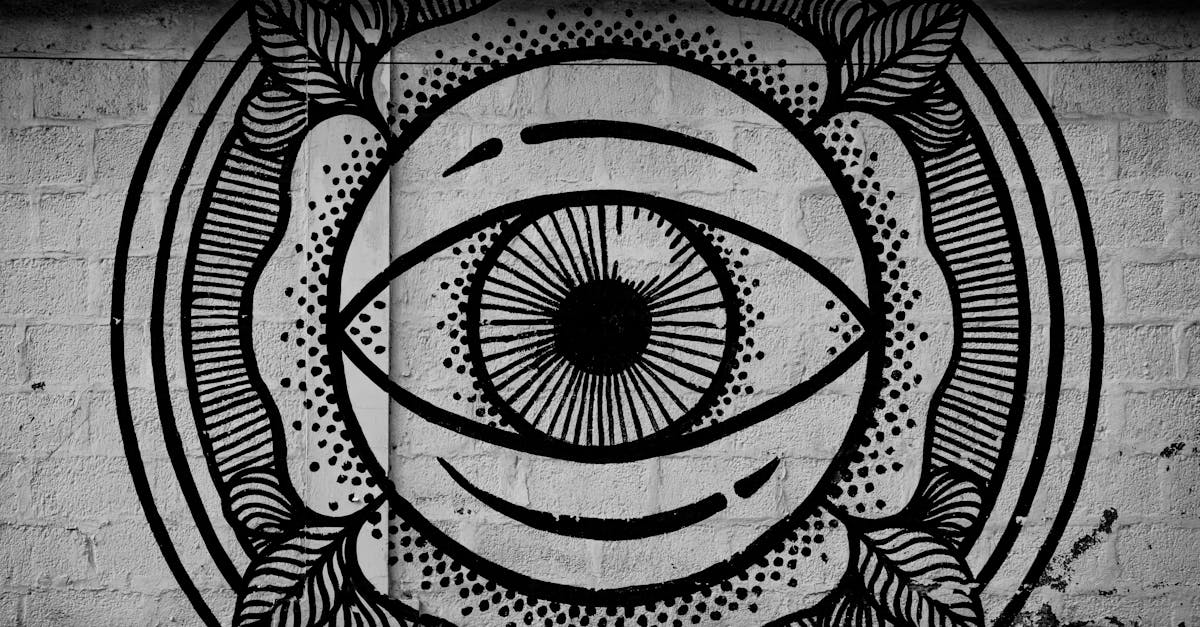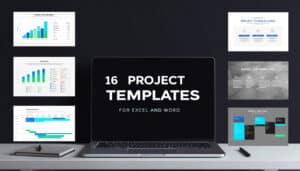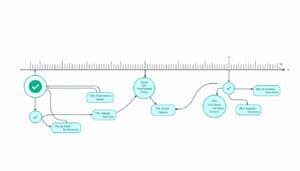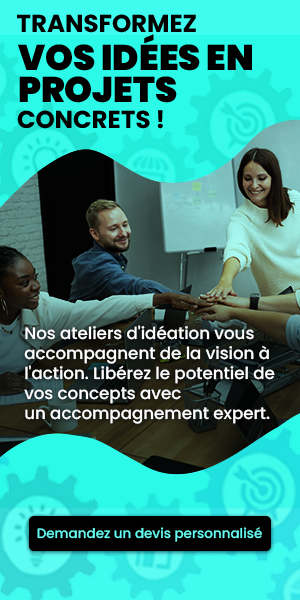The concept of iterative design holds particular importance in the field of product and service development. This approach, which emphasizes continuous testing and improvement processes, relies on redefining and refining solutions based on user feedback. By integrating successive steps of evaluation and readjustment, iterative design allows for precise responses to user expectations while enhancing the overall experience. Let’s examine the fundamental principles that underlie this dynamic and creative method.
🔥 Nous recommandons Ideamap
Ideamap est l’outil idéal pour un brainstorming ou un projet collaboratif. Grâce son interface facile et à ses fonctions IA, Ideamap booste votre créativité tout en favorisant une meilleure organisation de vos idées pour atteindre vos objectifs.
Iterative design is a methodological approach to design that relies on the repetition and continuous improvement of solutions, products, or services. Unlike traditional design methods that aim to produce a final solution after long planning phases, iterative design operates on short cycles that quickly incorporate user feedback. This enables designers to test ideas and refine their proposals based on the real experiences of users.
At the heart of iterative design lies the principle of iteration. This involves developing a prototype or a working version of a product and then testing it with users. Based on the feedback received, the product is adjusted and improved before being tested again. This process repeats until the solution reaches an optimal level of satisfaction for end-users.
One of the major characteristics of iterative design is its ability to reduce risks associated with design. By testing ideas at an early stage, designers can quickly identify flaws or non-functional aspects of a product without incurring high costs for full development. This leads to significant savings in time and money while increasing the chances of success of the final product.
Another essential aspect of iterative design is the importance of collaboration. This process often involves multidisciplinary teams where professionals from various fields, such as marketing, engineering, and design, work together. This diversity of perspectives enriches the design process, fostering more comprehensive solutions that meet the real needs of users.
Iterative design also relies on a close connection with users. During testing phases, it is crucial to gather in-depth and meaningful feedback. This allows not only for validating ideas but also for exploring improvements that better meet the wishes and expectations of users. Active listening and empathy are therefore key skills for succeeding in this approach.
The iterative design process can be divided into several fundamental phases. Firstly, the understanding phase involves gathering information about the needs and motivations of users. This can be done through interviews, surveys, or field observations.
The next phase is the discovery phase, which involves clearly defining the problem to be solved. Then, designers will generate ideas using creative techniques like brainstorming to propose potential solutions. These ideas are then materialized in the form of prototypes, which will allow visualizing the concepts under development.
Testing is a crucial step in iterative design. It allows gathering user experiences from the created prototypes. Thanks to this feedback, modifications can be made, and variations of the original solution can be tested. These successive iterations eventually lead to the implementation, where the finalized solution is launched on the market.
In summary, iterative design is a dynamic and flexible process that prioritizes experimentation and constant evolution. By integrating user feedback throughout development, it offers a human-centered approach that aligns with the changing demands of the modern market.

FAQ on Iterative Design
A: Iterative design is an approach to product development that consists of creating prototypes, testing them, and refining solutions based on user feedback. This method allows for continual product improvement based on successive iterations.
A: The fundamental principles of iterative design include the willingness to learn throughout the process, emphasizing collaboration, focusing on experimentation, and the necessity of integrating user feedback at every stage of development.
A: Iterative design is important because it reduces risks by testing concepts quickly and at a lower cost. By integrating user feedback from the start, companies can create products that better meet customer expectations.
A: An iterative design cycle generally involves several steps: identifying needs, creating prototypes, testing with users, analyzing feedback, making adjustments and improving the product, followed by new iterations.
A: Tools such as mockups, wireframes, and prototyping software are frequently used in iterative design to create preliminary versions of products that users can test.
A: Iterative design can benefit any organization or team involved in product or service development, including designers, developers, project managers, and marketing specialists.
A: The main difference between iterative design and other methodologies lies in its experimental and continuous learning approach. Unlike more linear methods, iterative design allows for going back and modifying designs based on user feedback.
A: Challenges associated with iterative design can include managing stakeholders’ expectations, the need for constant communication between teams, and the requirement for sufficient resources to conduct tests and iterations.














